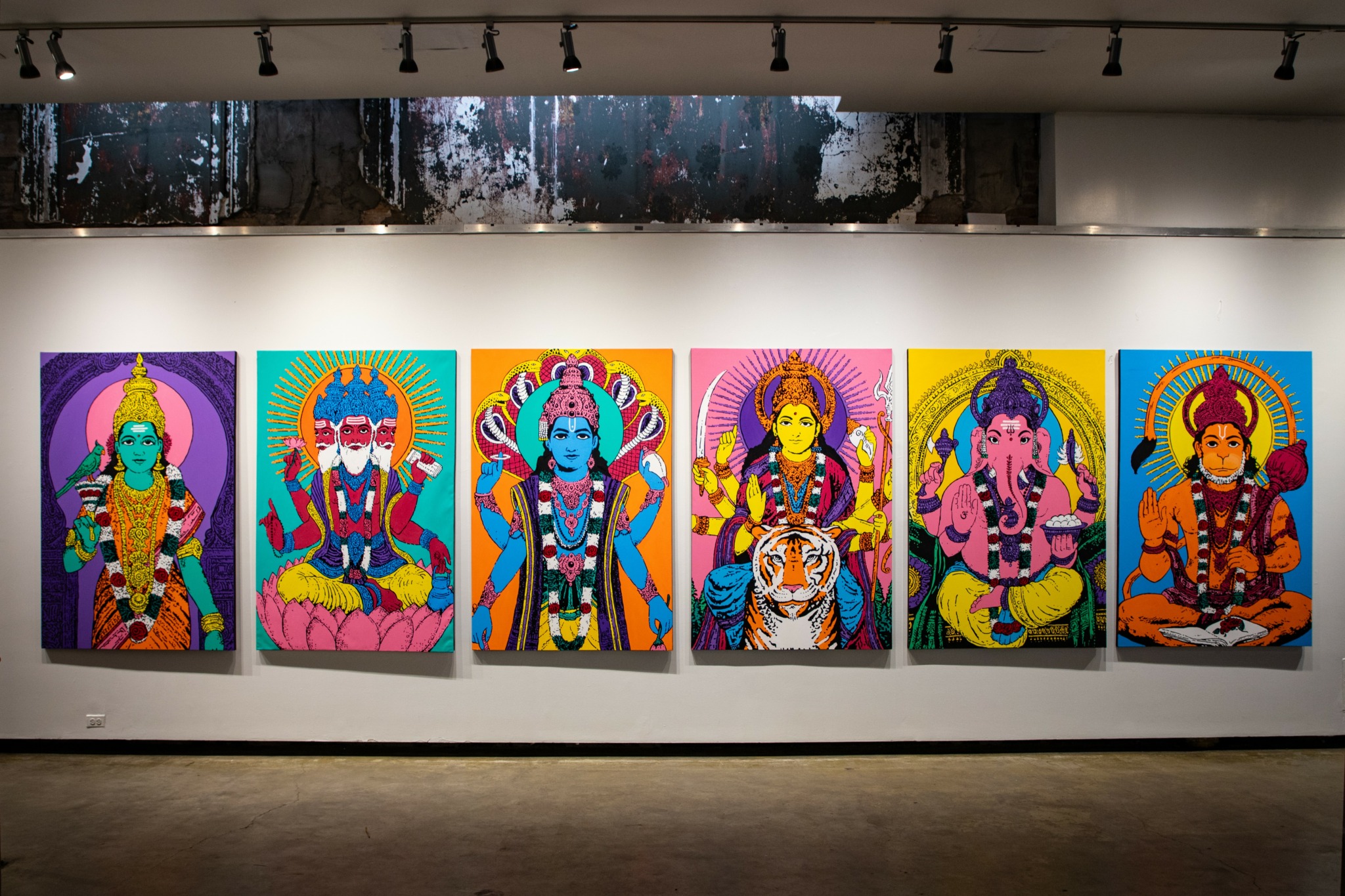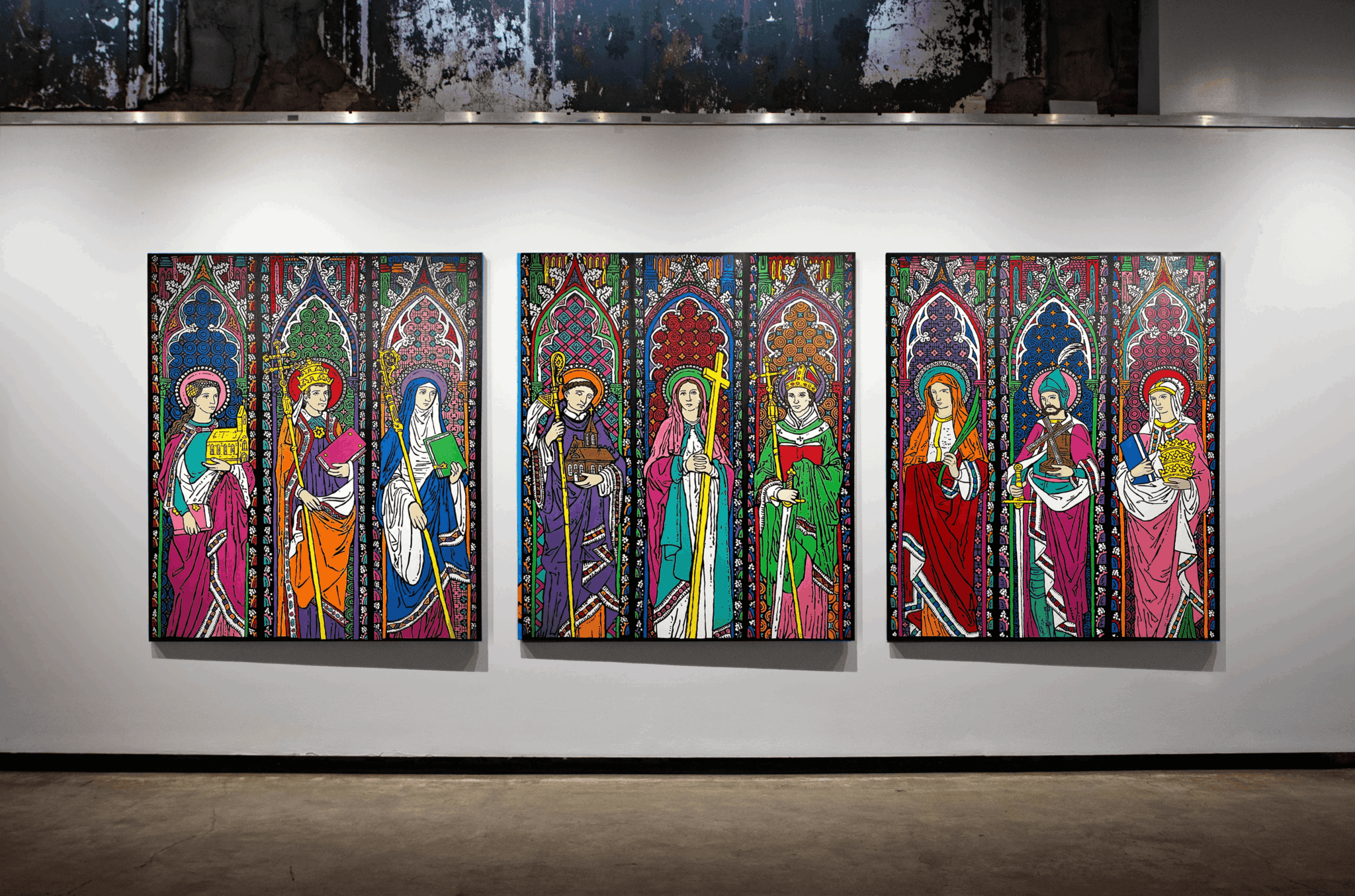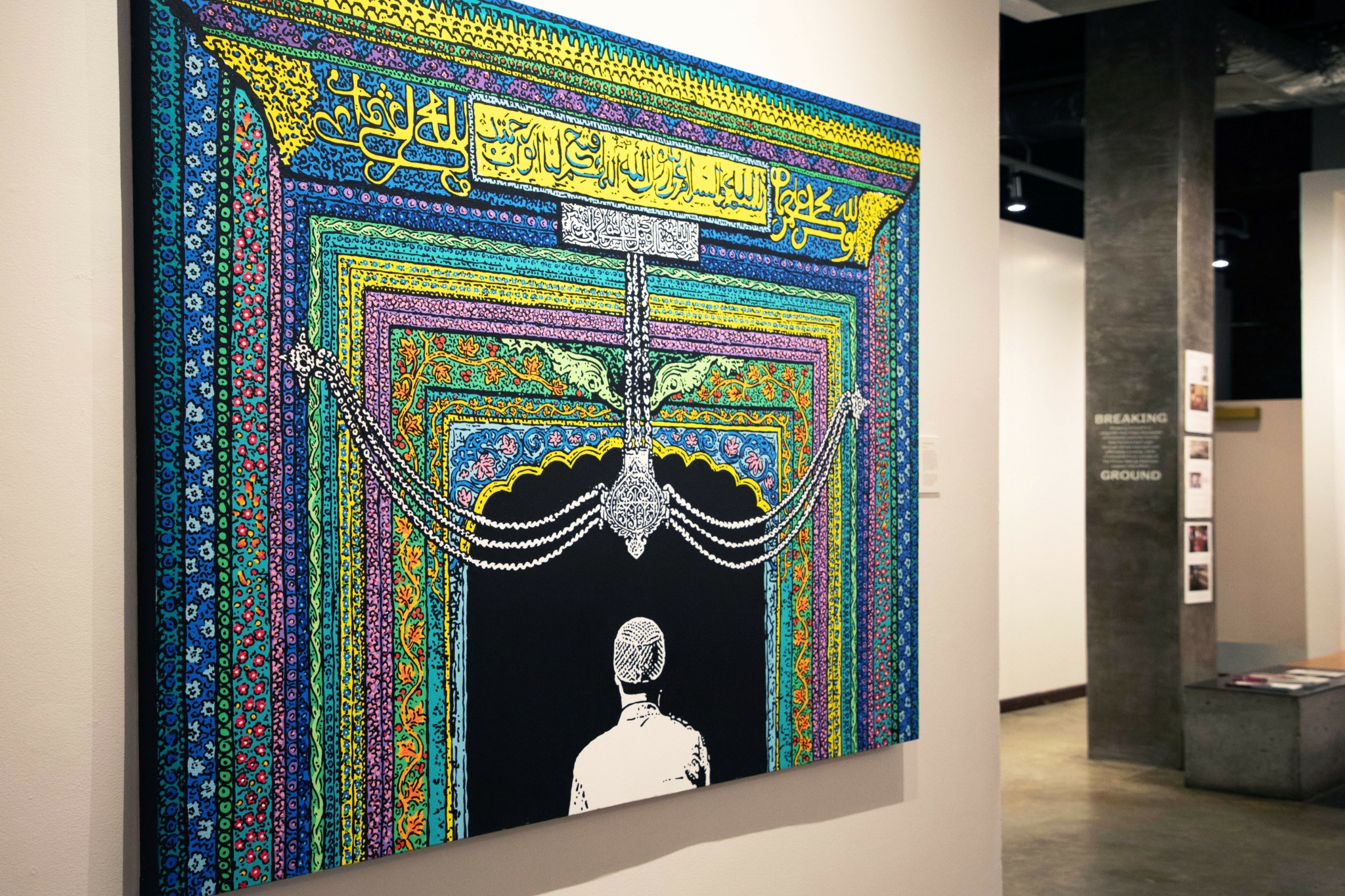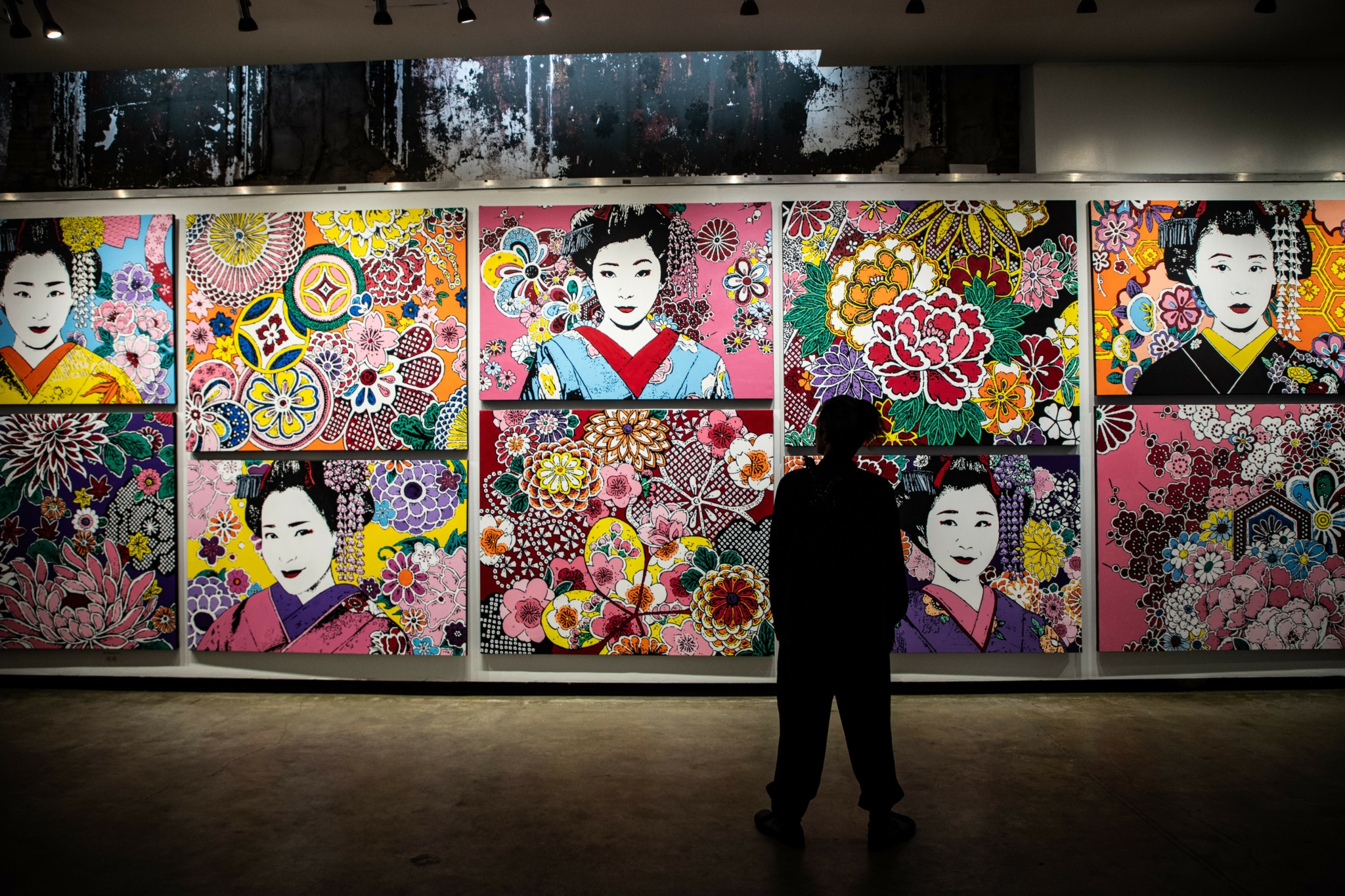We were lucky to catch up with Luke Stoffel recently and have shared our conversation below.
Luke , looking forward to hearing all of your stories today. It’s always helpful to hear about times when someone’s had to take a risk – how did they think through the decision, why did they take the risk, and what ended up happening. We’d love to hear about a risk you’ve taken.
I’ve taken plenty of risks in my life—moving to New York with nothing, launching a startup with no safety net, throwing my savings into one scheme after another—but one of the biggest risks I ever took was believing in my own wildest idea.
A few years ago, I co-founded Cinderly, a fashion-tech startup built on the idea of turning dressing rooms into a social experience. I poured everything into it—time, energy, and nearly my entire savings. My co-founder and I somehow hustled our way into a major tech conference, where we had to pitch to some of the biggest investors in Silicon Valley. The only problem? We weren’t exactly “tech bros.” So, we leaned into what made us different—glitter, fairy wings, and a pitch full of personality. We turned heads, made the press rounds, and even caught the attention of a Saudi investor who invited us to a high-stakes meeting.
For a moment, it felt like we were about to hit it big. But then came the reality check: no million-dollar check, no overnight success, just the realization that we were out of money and out of time. The app didn’t take off the way we dreamed, and I was left scrambling.
At first, it felt like failure. But in hindsight, the experience taught me how to sell an idea, pivot when needed, and embrace the chaos of reinvention. That same fearlessness helped me launch my new book.
In the end, the risk didn’t pay off the way I expected—but it led me somewhere I never could have imagined. And maybe that’s the real lesson: sometimes, the biggest risks don’t lead to the jackpot, but to the journey you were meant to take. Funny enough, I wrote a book all about it—and it just became an Amazon bestseller. Check out How to Win a Million Dollars and BEEP Glitter! http://www.howtobeepglitter.com

Luke , love having you share your insights with us. Before we ask you more questions, maybe you can take a moment to introduce yourself to our readers who might have missed our earlier conversations?
My work explores the intersection of religious iconography and pop culture, blending traditional spiritual symbolism with bold, graphic aesthetics to create pieces that are both visually striking and deeply thought-provoking. My goal is to reimagine sacred imagery in a way that is accessible and relevant to modern audiences while honoring the traditions from which they originate. I aim to bridge the gap between historical reverence and present-day interpretation, inviting viewers to reconsider their perspectives on spirituality.
My journey as an artist started in the Midwest—I was born and raised in a small town in Iowa before moving to New York in 2001. I studied graphic design and fine art at Iowa State University and later expanded my artistic perspective by studying in Paris. Over the past 15 years, I’ve traveled extensively throughout Southeast Asia, immersing myself in diverse cultural and religious traditions. These experiences profoundly shaped my artistic practice, leading me to focus on the beauty, complexity, and universality of spiritual symbolism across different cultures.
Ultimately, what I’m most proud of is my ability to create art that invites people into a dialogue about spirituality, culture, and identity. I want my audience—whether collectors, followers, or first-time viewers—to feel a sense of wonder and connection when engaging with my work. My hope is that my art sparks curiosity, challenges assumptions, and inspires new ways of thinking about the sacred in our everyday lives.

Alright – so here’s a fun one. What do you think about NFTs?
I was deep in the NFT craze during 2021—right in the thick of it. I worked on projects where we’d make $2 million in five minutes, which was as exhilarating as it was surreal. I invested in artists I loved and even own a physical Damien Hirst painting from his NFT project The Currency.
Looking back, I think NFTs were a wild, chaotic burn. It had its moment, and maybe, in some alternate reality, it could have worked. But in the end, my thoughts on crypto and NFTs remain as muddled as ever. As an artistic tool? Mostly worthless. People were selling pixelated monkeys for $100,000 and buying houses, while others cashed out before the floor collapsed. I loved the gamble, and a few real artists did make money, but the whole thing felt like a scheme wrapped in a dream wrapped in a smokescreen.
That said, I did create my own projects—some of which still hold creative value beyond the blockchain.
• Rancid Royalty was a consumer-based NFT project with a larger fantasy storyline. In this world, The Rancid Royals had the Krypto Kingdom under siege, while the residents of Candy Mountain fought sweet tooth and nail to survive. It was absurd, colorful, and exactly the kind of over-the-top NFT storytelling that defined the era.
• The Mandala Project took my real-life paintings and used computer-generated art to create kaleidoscopic mandalas—a digital visualization of a Buddhist devotional image representing an ideal universe. Unlike my first project, this one evolved beyond NFTs. It’s now a full-fledged real-world art project that I’m developing with the hopes of securing grants and bringing it to life in a more tangible way.
At the end of the day, NFTs were an experiment—somewhere between art, gambling, and a financial illusion. I was part of it, I played the game, and now I’m more interested in how those creative ideas can transcend the blockchain and live in the real world.

Can you share a story from your journey that illustrates your resilience?
After losing my close friend, I struggled with how to keep his memory alive. As a multimedia artist, I wanted to channel my grief into something interactive and deeply personal. That’s when I created “My Light Shines,” a digital memorial where people could light virtual candles for loved ones, creating an evolving tapestry of remembrance.
Building it wasn’t easy. The emotional weight of the project, coupled with the challenge of designing something meaningful yet simple, pushed me to my limits. There were technical setbacks, doubts about whether anyone would engage with it, and moments where grief made it hard to keep going. But I did.
When the Indiegogo campaign launched, people from all over the world purchased physical candles in honor of parents, friends, and partners they had lost. It became more than a tribute; it was a shared space of resilience, proving that light can emerge from loss. The website transformed these candles into digital floating lanterns, creating a living archive of remembrance. The project can still be seen today at mylightshines.com.
This project taught me that creativity isn’t just about making something beautiful—it’s about giving people a way to connect, to remember, and to heal.
Contact Info:
- Website: http://lucasstoffel.com
- Instagram: http://instagram.com/lucasstoffel
- Facebook: http://facebook.com/lucasstoffel
- Linkedin: http://linkedin.com/in/lucasstoffel
- Youtube: https://www.youtube.com/@lucasstoffel

Image Credits
Lucas Stoffel Artist and Photographer


